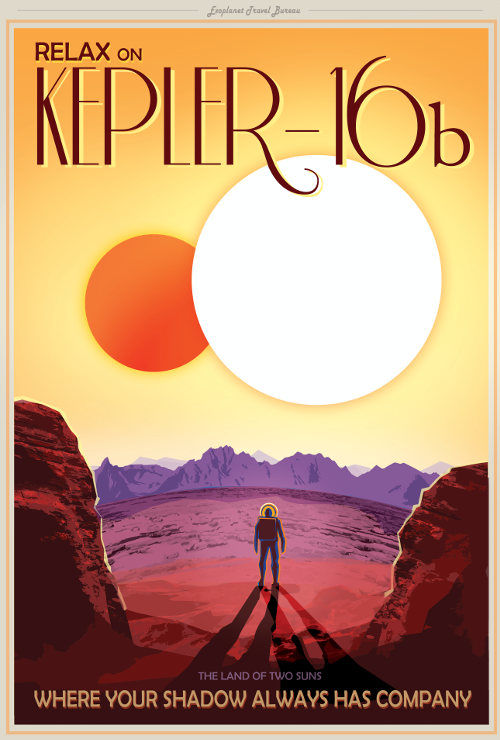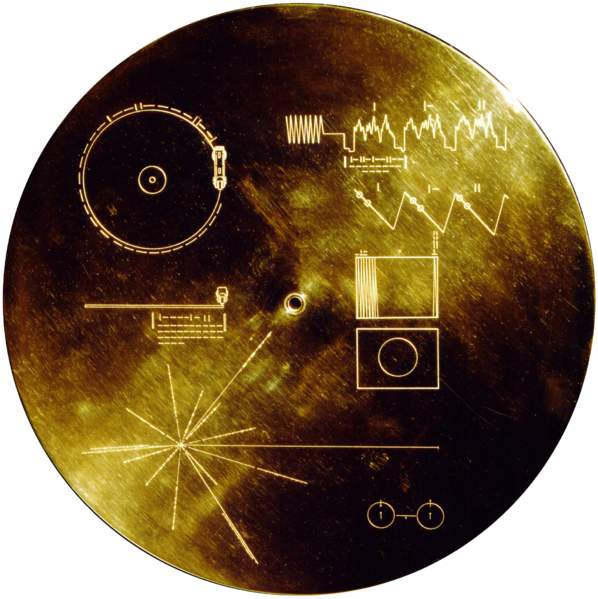Personalization technology that allows marketers and media organizations to customize their products and content specifically to you seems to be a win-win for all: businesses win by addressing the needs — perceived or real — of specific customers; you win by seeing or receiving only items in which you’re interested.
But, this is a rather simplistic calculation for it fails to address the consequences of narrow targeting and a cycle of blinkered self-reinforcement, resulting in tunnel vision. More recently this has become known as filter bubble. The filter bubble eliminates serendipitous discovery and reduces creative connections by limiting our exposure to contrarian viewpoints and the unexpected. Or to put it more bluntly, it helps maintain a closed mind. This is true while you sit on the couch surfing the internet and increasingly, while you travel.
From the New York Times:
I’m half a world from home, in a city I’ve never explored, with fresh sights and sounds around every corner. And what am I doing?
I’m watching exactly the kind of television program I might watch in my Manhattan apartment.
Before I left New York, I downloaded a season of “The Wire,” in case I wanted to binge, in case I needed the comfort. It’s on my iPad with a slew of books I’m sure to find gripping, a bunch of the music I like best, issues of favorite magazines: a portable trove of the tried and true, guaranteed to insulate me from the strange and new.
I force myself to quit “The Wire” after about 20 minutes and I venture into the streets, because Baltimore’s drug dealers will wait and Shanghai’s soup dumplings won’t. But I’m haunted by how tempting it was to stay put, by how easily a person these days can travel the globe, and travel through life, in a thoroughly customized cocoon.
I’m not talking about the chain hotels or chain restaurants that we’ve long had and that somehow manage to be identical from time zone to time zone, language to language: carbon-copy refuges for unadventurous souls and stomachs.
I’m talking about our hard drives, our wired ways, “the cloud” and all of that. I’m talking about our unprecedented ability to tote around and dwell in a snugly tailored reality of our own creation, a monochromatic gallery of our own curation.
This coddling involves more than earphones, touch pads, palm-sized screens and gigabytes of memory. It’s a function of how so many of us use this technology and how we let it use us. We tune out by tucking ourselves into virtual enclaves in which our ingrained tastes are mirrored and our established opinions reflected back at us.
In theory the Internet, along with its kindred advances, should expand our horizons, speeding us to aesthetic and intellectual territories we haven’t charted before. Often it does.
But at our instigation and with our assent, it also herds us into tribes of common thought and shared temperament, amplifying the timeless human tropism toward cliques. Cyberspace, like suburbia, has gated communities.
Our Web bookmarks and our chosen social-media feeds help us retreat deeper into our partisan camps. (Cable-television news lends its own mighty hand.) “It’s the great irony of the Internet era: people have more access than ever to an array of viewpoints, but also the technological ability to screen out anything that doesn’t reinforce their views,” Jonathan Martin wrote in Politico last year, explaining how so many strategists and analysts on the right convinced themselves, in defiance of polls, that Mitt Romney was about to win the presidency.
But this sort of echo chamber also exists on cultural fronts, where we’re exhorted toward sameness and sorted into categories. The helpful video-store clerk or bookstore owner has been replaced, refined, automated: we now have Netflix suggestions for what we should watch next, based on what we’ve watched before, and we’re given Amazon prods for purchasing novels that have been shown to please readers just like us. We’re profiled, then clustered accordingly.
By joining particular threads on Facebook and Twitter, we can linger interminably on the one or two television shows that obsess us. Through music-streaming services and their formulas for our sweet spots, we meet new bands that might as well be reconfigurations of the old ones. Algorithms lead us to anagrams.
Read the entire article here.
 NASA is advertising its upcoming space tourism trip to Saturn’s largest moon Titan with this gorgeous retro poster.
NASA is advertising its upcoming space tourism trip to Saturn’s largest moon Titan with this gorgeous retro poster.





 As Voyager 1 embarks on its interstellar voyage, having recently left the confines of our solar system, NASA and the Pentagon are collaborating with the
As Voyager 1 embarks on its interstellar voyage, having recently left the confines of our solar system, NASA and the Pentagon are collaborating with the 



